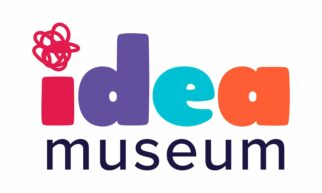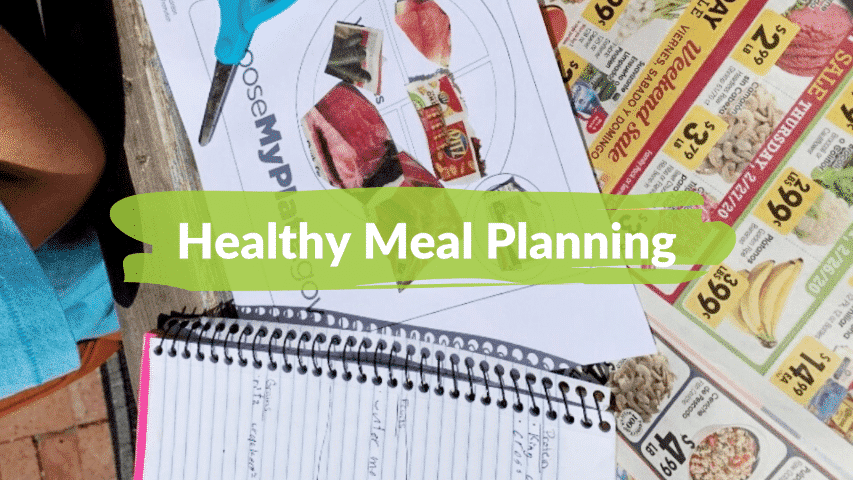Teaching kids to eat healthy can be tricky, especially when you can’t get to the grocery store like a typical week and let them pick out veggies, fruit and other healthy options. Having them stay home doesn’t mean healthy learning can’t take place.
Start by making lunch (or any other meal) educational. Start learning by planning a well-balanced meal together.
The activity below comes from one of the museum’s earlier exhibitions, The Art of Healthy Living.
Materials: Weekly grocery ads, scissors, glue stick and paper plate or “Choose My Plate“ template from USDA.

Instructions:
- Review the five food groups and what the ideal diet contains based on the recommendations of the USDA.
- Cut out the items you’d you like put on your plate from the grocery ads
- Paste the add clippings onto your paper plate or Choose My Plate template in the correct category.
Activities for older children (and some math): Have the child record each item’s price and create a grocery list with a budget. Ask them what other meals they can create from the grocery list they create.
For Discussion
How do I build a healthy plate?
An ideal diet contains the right balance of different types of foods. Knowing which foods make up each of those food groups and how much to eat of each type will help you make healthier meal decisions.
The United States Department of Agriculture (USDA) introduced a way for consumers to make healthy, balanced food choices with the My Plate initiative. My Plate is based on the USDA’s dietary guidelines for Americans and is designed to remind people to eat healthfully from the five food groups. Find kid-friendly activity sheets here.
What are the five groups listed in the USDA guidelines for healthy eating?
Fruits & Vegetables: Try to “eat a rainbow”, seeking out a variety of different types. They provide many different vitamins and nutrients as well as fiber, which helps our digestive system break down food.
Protein: We can get protein from foods like meat, poultry, seafood, beans, eggs, nuts, and seeds. Protein is very important for our bodies since it helps us maintain muscles, bones, blood, and organs.
Grains: Some examples of grains include rice, oats and wheat and are important since they contain vitamins and fiber. Try to eat whole grains when you can, like wheat bread or brown rice.
Dairy: Dairy products are made from milk and can include cheese and yogurt. They are important since they contain calcium which gives us healthy bones and teeth.
FYIs
Even though there are guidelines and recommendations for eating healthy, it is impossible to create a one-size-fits-all model. People come from all kinds of backgrounds, with different values, priorities and needs.
Keep in mind that all dietary guidelines are just that … guidelines. Modifications should be based on your specific needs, whatever they might be. Health care professionals like doctors and dieticians can be consulted to help you create a plan that will keep you happy and healthy.

